Synthetic VHH Libraries
At diversities of 1010 – 1013, Isogenica’s VHH libraries are the most diverse synthetic VHH libraries. What’s more, we are able to capture more of that diversity during screening using our proprietary CIS display technology.
VHHantage™
High-diversity library combining human frameworks with rationally designed, fully human CDRs. Pre-screened sequences with almost zero CMC liabilities.
LlamdA®
Ultra-high diversity CDRs based on original llama frameworks. Equivalent to the circulating immune repertoire of 1 million llamas and built using Colibra(TM) technology for reduced CMC liabilities.
HuLlamdA®
The same ultra-high diversity, low-risk CDRs based on human frameworks for even lower immunogenicity.

However, the larger the library, the harder it is to display. Once any library is moved into a biological system like E. coli, sampling more than 109– 1010 different sequences becomes extremely challenging.
CIS display – Isogenica’s proprietary cell-free display system – overcomes this issue, allowing display of ~1012 individual VHHs (around 1000x bigger than phage display), and is a great match for our ultra-high diversity libraries.
Synthetic libraries for faster discovery

Due to the in vivo phenomenon of somatic hypermutation, it is easier to generate VHHs with extremely high affinities (picomolar range) from animal immunisations. Typically, leads from Isogenica’s synthetic libraries have low nanomolar affinities, which are optimal for drug development.
Quicker, cheaper, fewer liabilities
Immunisation of a large animal such as a llama or alpaca takes a lot of target antigen, and a long time. A good immune library can only be made after several months of waiting, boosting, and titre checking, and can take up to 8 months. In contrast, synthetic libraries can be mined immediately.
Furthermore, llama-derived hits require humanisation and may contain high-risk CMC liabilities such as extra cysteine residues or glycoslation sites. Isogenica’s libraries are built using methods designed to reduce the frequency of these liabilities and reduce the downstream engineering work required to turn immune-derived VHHs into potential drugs.
State-of-the-Art Technology
Purely in vitro, Isogenica’s proprietary single-domain libraries enable speed and efficiency unmatched by animal immunisation.









